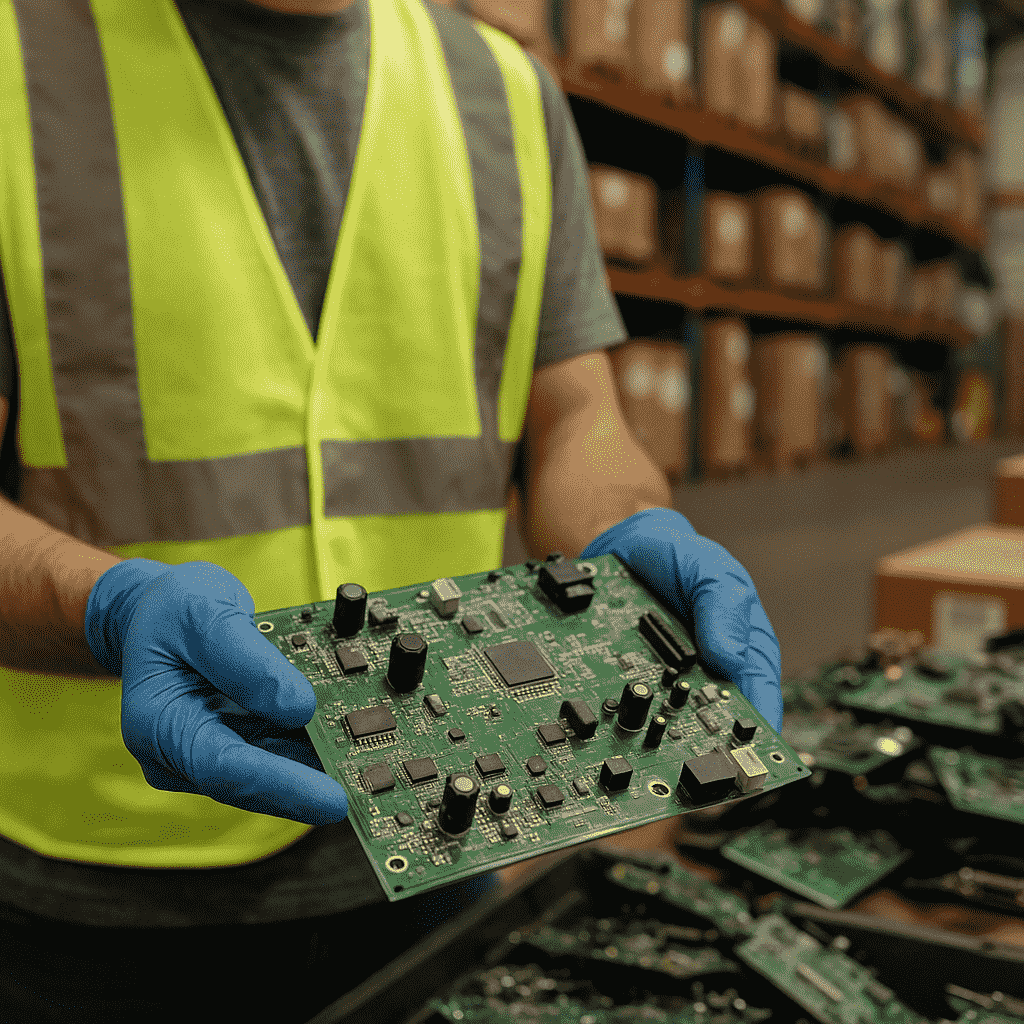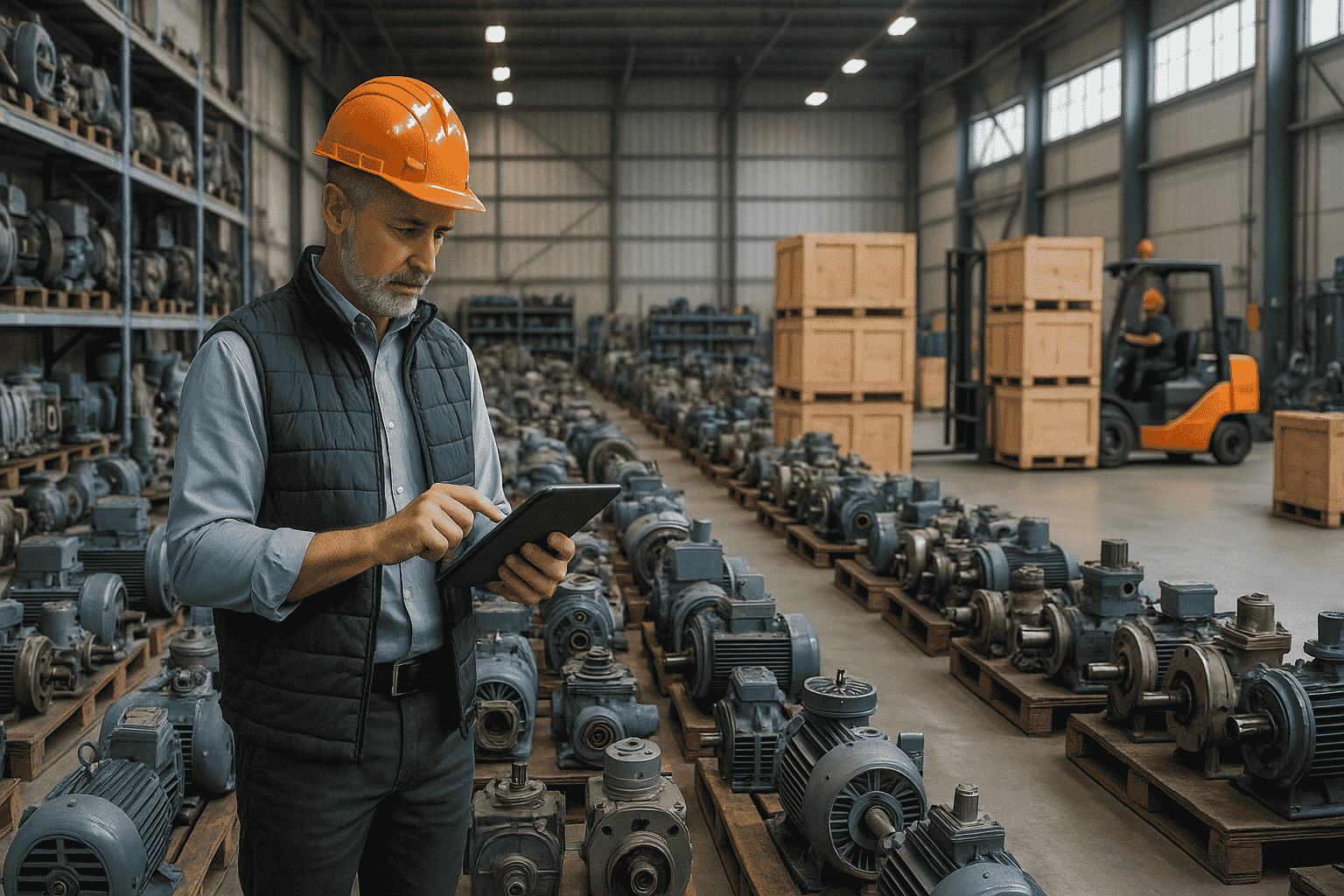Introduction
Modern enterprises face ongoing pressure from equipment obsolescence and component shortages. Many overlook that idle machines still contain valuable parts locked inside, creating waste and lost opportunities.
Component harvesting solves this issue by recovering usable parts from equipment that is no longer in service. These components can be repurposed to reduce costs, extend the lifespan of assets, and maintain efficient operations.
In this article, you’ll learn what component harvesting is, why it matters, and how it helps organizations turn idle assets into a dependable source of value.
What Is Component Harvesting?
Component harvesting is the process of removing usable parts from surplus, obsolete, or decommissioned equipment. Instead of discarding the entire machine, businesses selectively extract components that still hold functional or resale value.
These parts can then be:
- Reused within the organization as spares
- Sold through secondary markets
- Repurposed to extend the lifecycle of other assets
When to Consider Component Harvesting?
Deciding to pursue component harvesting depends on the condition of your equipment and the objectives of your business. It is not a step for every machine, but when applied strategically, it delivers measurable financial and operational benefits.
You should prioritize component harvesting when:
- Equipment is obsolete or decommissioned but retains usable parts.
- Replacement parts are difficult to source or are discontinued by suppliers.
- Rising maintenance costs can be offset by reusing quality components.
- Sustainability initiatives call for waste reduction and resource recovery.
- Supply chain disruptions make harvested spares a reliable fallback.
Note: Partnering with asset recovery specialists strengthens this process. Their expertise ensures valuable components are identified, tested, certified, and directed into the right channels — helping you capture value and avoid missed opportunities.
How Is Component Harvesting Useful?

While obsolete equipment may appear to have little worth, the components inside often remain valuable. Below are some of the key ways component harvesting proves useful.
1. Cost Savings
One of the most direct benefits of component harvesting is the reduction in procurement expenses. Instead of purchasing new parts at full market price, businesses can extract usable components from equipment that is no longer in active use. This lowers immediate replacement costs and provides a reliable pool of spare parts without additional investment.
For industries that regularly face high maintenance costs or need specialized parts, the ability to source from existing assets can significantly improve budget efficiency. Over time, these savings compound, allowing companies to allocate resources toward growth and innovation rather than constant replacement purchases.
2. Industrial Circularity & Waste Diversion
Component harvesting supports sustainability by extending the life of valuable parts instead of sending entire machines to scrap. This reduces the amount of industrial waste that ends up in landfills and lowers the demand for manufacturing new components.
It also aligns with circular economy goals, where resources are reused, repurposed, and kept in circulation for as long as possible. By harvesting parts, businesses not only save money but also demonstrate a commitment to responsible resource management.
For companies with environmental targets, this approach provides a practical way to balance operational needs with sustainability goals.
3. Maximizing Asset Value
Through component harvesting, businesses can extract usable elements instead of letting the entire machine depreciate with no return.
This approach ensures that the investment made in the original equipment continues to deliver value.
Parts recovered can be repurposed internally, sold through secondary markets, or held as spares for future needs.
4. Fighting Component Obsolescence
Component harvesting also helps address component obsolescence, a common challenge when parts are no longer produced or supported by manufacturers. Instead of retiring equipment early due to unavailable spares, businesses can extend their lifecycle by using harvested components.
This approach reduces the risks linked with sudden obsolescence, ensuring critical operations stay supported even when market supply dries up. It keeps valuable equipment productive for longer and lowers the need for costly upgrades.
Conclusion
Component harvesting is more than a disposal tactic for obsolete equipment — it is a structured strategy to reduce costs, strengthen supply chain stability, and extend the useful life of critical assets.
At Amplio, we specialize in helping enterprises recover value from surplus and obsolete equipment. Our AI appraisal tool will guide you on what assets still have value, and what isn’t worth reselling on secondary markets. Armed with that information, you can make more informed decisions on which pieces of equipment are candidates for component harvesting.
Contact us today to turn idle assets into cost savings and to source quality components that strengthen your supply chain resilience.






